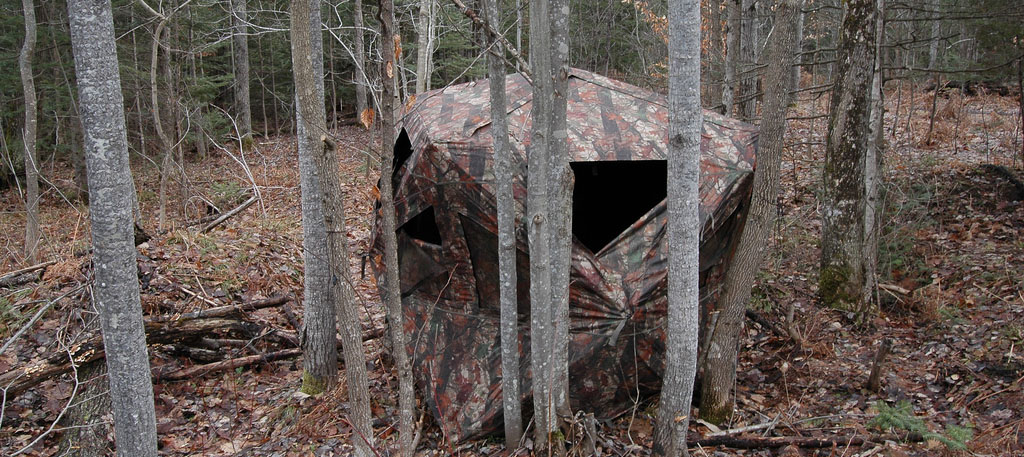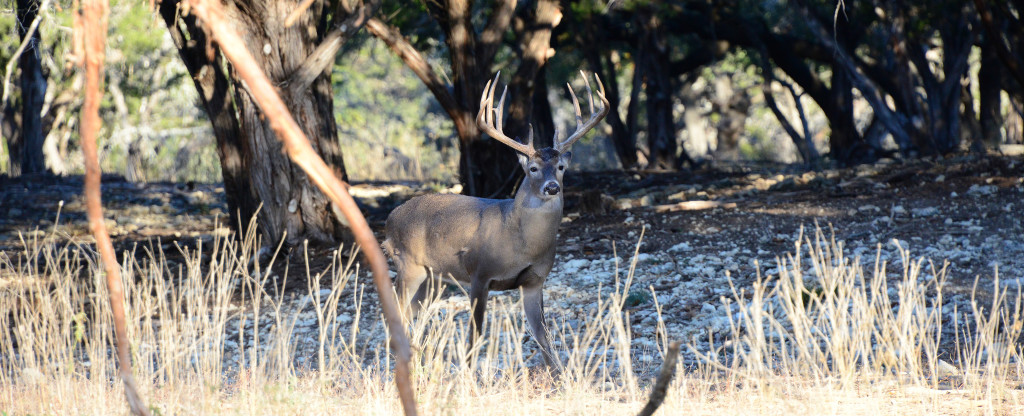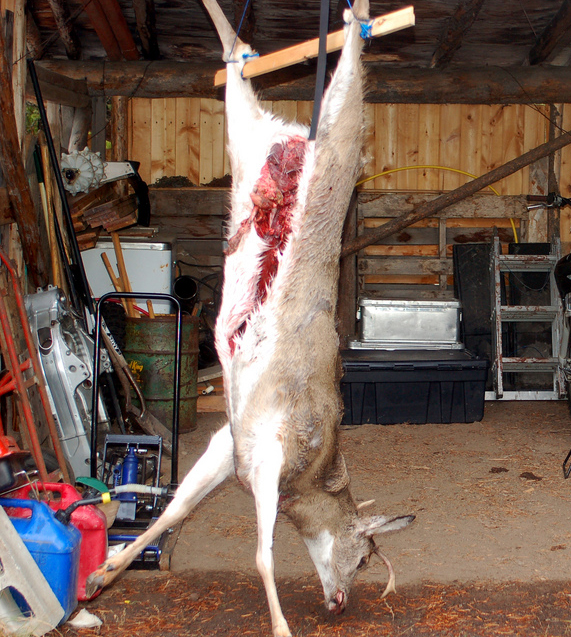 Too often, deer hunters make simple but glaring mistakes because they don’t understand a deer’s sense of smell, hearing and sight. The lack of knowledge can result in a poor hunting season and no venison to cut up and put into the freezer. It makes sense then (no pun intended), that hunters would be wise to learn about these three senses in relation to how a deer’s sense is used.
Too often, deer hunters make simple but glaring mistakes because they don’t understand a deer’s sense of smell, hearing and sight. The lack of knowledge can result in a poor hunting season and no venison to cut up and put into the freezer. It makes sense then (no pun intended), that hunters would be wise to learn about these three senses in relation to how a deer’s sense is used.
Deer’s Sense of Smell
Though deer aren’t thought of as having a tremendously acute sense of smell, a deer senses aromas better than a human does. They are also distinctly repelled by certain odors. For example, deer do not like the smell of Irish Spring brand bath soap. A hunter shouldn’t use this brand of soap prior to going out to hunt deer, because the animals will often smell the hunter long before they see him or her.
A person should not put on any heavy or strong perfumes or colognes prior to hunting, either. You aren’t out there to impress anyone, you are there to bag a venison, so the colognes and so forth are unnecessary anyway and the deer can smell them from quite a distance. Wearing them lets a deer know exactly where you are, since they are easy to detect because of a deer’s sense of smell.
You might also see deer often raising their heads to catch any scents that might be floating on the air. It can be exceptionally difficult to mask or remove all the scents they can detect that can alert them to your presence, but you can have better success if you hunt into the wind. That way, the odors are carried behind you and the deer in front of you are less apt to smell you.
Deer’s Sense of Hearing
A deer’s sense of hearing is quite good. This is especially true of mule deer, who have the name because of their large mule-like ears, as can be seen in the image. However despite what many hunters might say, it is normally not worthwhile to attempt to be totally silent when you are walking around during the hunt. The reason is that few people will be completely successful, but the careful stalking actually approximates the sound of a deer’s natural predators. Wolves, mountain lions and even bears often approach a deer with stealth, so if you try to stalk them the same way, it can make the deer naturally nervous.
Of course this doesn’t mean that you necessarily have to stomp through the forest, but taking normal steps will probably do you more good than trying to avoid every twig or dried piece of grass that is in front of you. Naturally, you’ll still want to avoid unnatural sounds, which means no talking, opening the breach of a rifle or the slamming of car doors. Also, if you carry a cell phone, for heaven’s sake take the time to turn it off before you actually start the hunt. Even if it is just set to vibrate with incoming calls, the deer will be able to hear it and the sound isn’t a natural one.
Deer’s Sense of Sight
A deer’s sense of eyesight may be the most misunderstood of all. We are taught in school that we have two kinds of sense receptors in our eyes; rods and cones. One brings in monochromatic shades of gray and the other brings in colors, if there is sufficient light. However, there are actually three kinds of color receptors in our eyes. These correspond to the colors red, green and blue, and there is enough of an overlap between them that we can see the colors of the rainbow; red, orange, yellow, green, blue, indigo and violet.
Deer only have two kinds of cone receptors in their eyes. These correspond to green and blue. That doesn’t mean that the deer can’t see a bright orange hunter’s vest, but they see it in shades of gray, like someone who is color-blind might.
This means that wearing green and brown camouflage clothing is probably going to have quite limited impact, since the deer can see both green and brown. A person wearing red or orange from head to toe would likely be less noticeable than someone wearing camo’s, just because a deer’s sense of sight doesn’t include orange and red as we see them.
A deer’s sense of sight goes beyond color perception, too. Deer have a good visual acuity, meaning that they can focus on detail easily. This is what lets them pick up on even slight movements, especially fast or jerky ones. Unless you are in a stand or sitting on a stump, chances are that you won’t be able to avoid moving enough to be detected. However, if you remember that deer are most apt to focus on rapid movement, this gives you an edge, because you can simply make sure that all of your movements are slow and easy. This is often referred to as ‘fluid motion’.
Understanding more about a deer’s sense of smell, hearing and sight is one of the best ways to increase your chances of being successful during the hunt. Keeping these three senses in mind can go a long way toward preventing you from making the obvious mistakes that may ruin your chances of bringing in your venison.
Image sourced and remixed from Bryce Bradford



